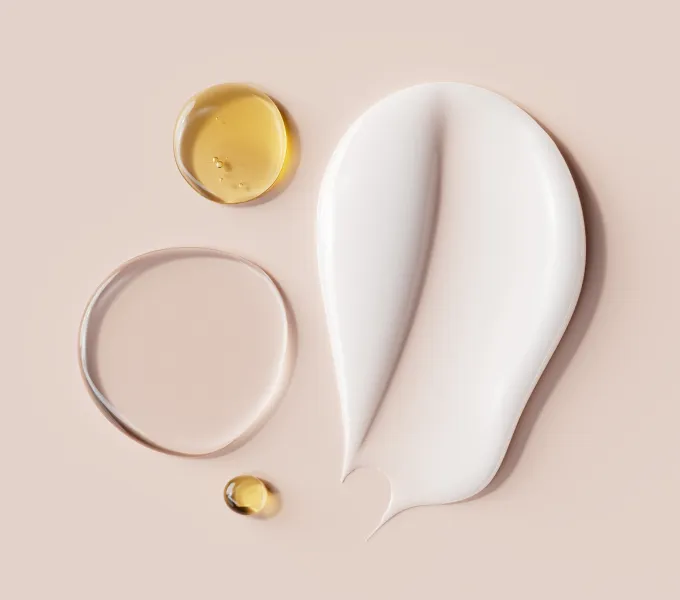
5 Orgasm Myths, Busted by a Sex-Positive Pelvic Floor PT
Our live events are always packed with eye-opening insights, and a recent convo between Origin PT Dr. Ashley Rawlins and sex-positive pelvic health physical therapist Dr. Uchenna “UC” Ossai of You See Logic was no exception. Dr. Ossai busted some common myths about the female orgasm, including where it can occur, how often it's supposed to happen, and whether squirting has anything to do with it.
Scroll down to check out this the sheet. Want more fascinating detail? Watch the full event below.
Myth #1: I’m supposed to orgasm at the same time as my partner
Dr. UC: 100% "No." Many people put this expectation on themselves or feel the expectation from their partner. This isn’t because their partner is a jerk, but because that’s what they’ve been educated to believe good sex looks like. Dr. UC says that the best solution to address this myth is to rework your expectations. That means educating yourself and your boo on what the sexual experience can look like, and understanding that orgasm does not equate to good sex.
Myth #2: My orgasm should feel the same every time
Dr. UC: "NOPE." You can access your orgasms in many ways: anal, cervical, clitoral, nipple, etc. — all parts of your body are fair game, which means your orgasms can (and should!) be different. If you’re seeing a difference in sexual function, meaning your ability have an orgasm at all, that’s something to be concerned about. But if your orgasms feel less intense or exciting, Dr. UC recommends seeking out opportunities for different sensations. It’s not necessarily that your partner doesn’t have the right tricks, it’s that novelty is important.
Myth #3: I’m supposed to have multiple orgasms every time
Dr. UC: "No, my friend." Multiple orgasms happen for a good number of people but can’t happen for everyone and some people’s bodies simply aren’t in a space to have multiples (for example, if they’re going through cancer treatment or have autoimmune issues). If you want to try to achieve multiple orgasms, Dr. UC recommends being mindful of clitoral sensitivity. To achieve an additional orgasm, your partner could revisit some of the sensations that got you to orgasm in the first place, but focus initially on non-genital contact, because clitoral tissue needs to recover.
Myth #4: Orgasms are better with squirting
Dr. UC: "That would be a big NO." The squirting sensation is not an orgasm, and an orgasm is not squirting — they are two separate things. Squirting is the discharge of fluid from the urethra during sexual stimulation. That fluid contains many of the same elements as urine, including some others. While everybody technically can have a squirting orgasm, being unable to squirt doesn’t mean there's something wrong with you or that you’re not tapping into your sexual energy. If you want to try squirting, Dr. UC emphasizes that it’s key to relax and be very in the moment. You'll also want to be with a partner you feel very comfortable with.
Myth #5: My partner gives me the best orgasms
Dr. UC: "ABSOLUTELY NOT." If you go into your orgasm thinking your partner gives it to you, or your partner promises to give you “the best orgasm,” Dr. UC says that thinking should be reframed. Orgasms are not gifts bestowed upon us by our partners, they’re experiences that you can have with and without a partner. And giving yourself an orgasm can be the greatest gift of all.




